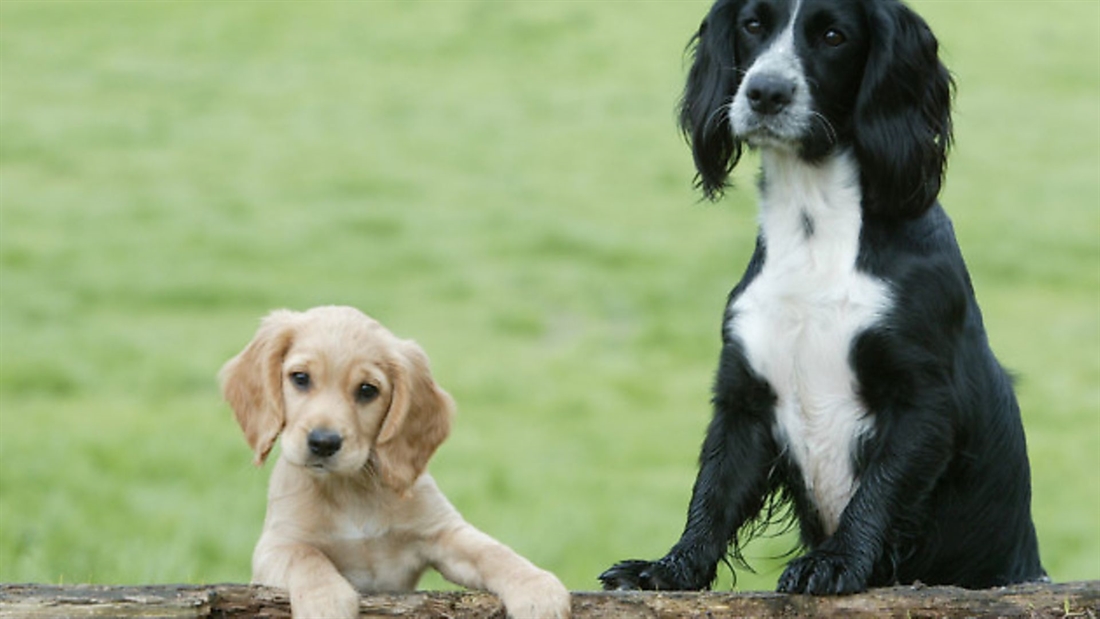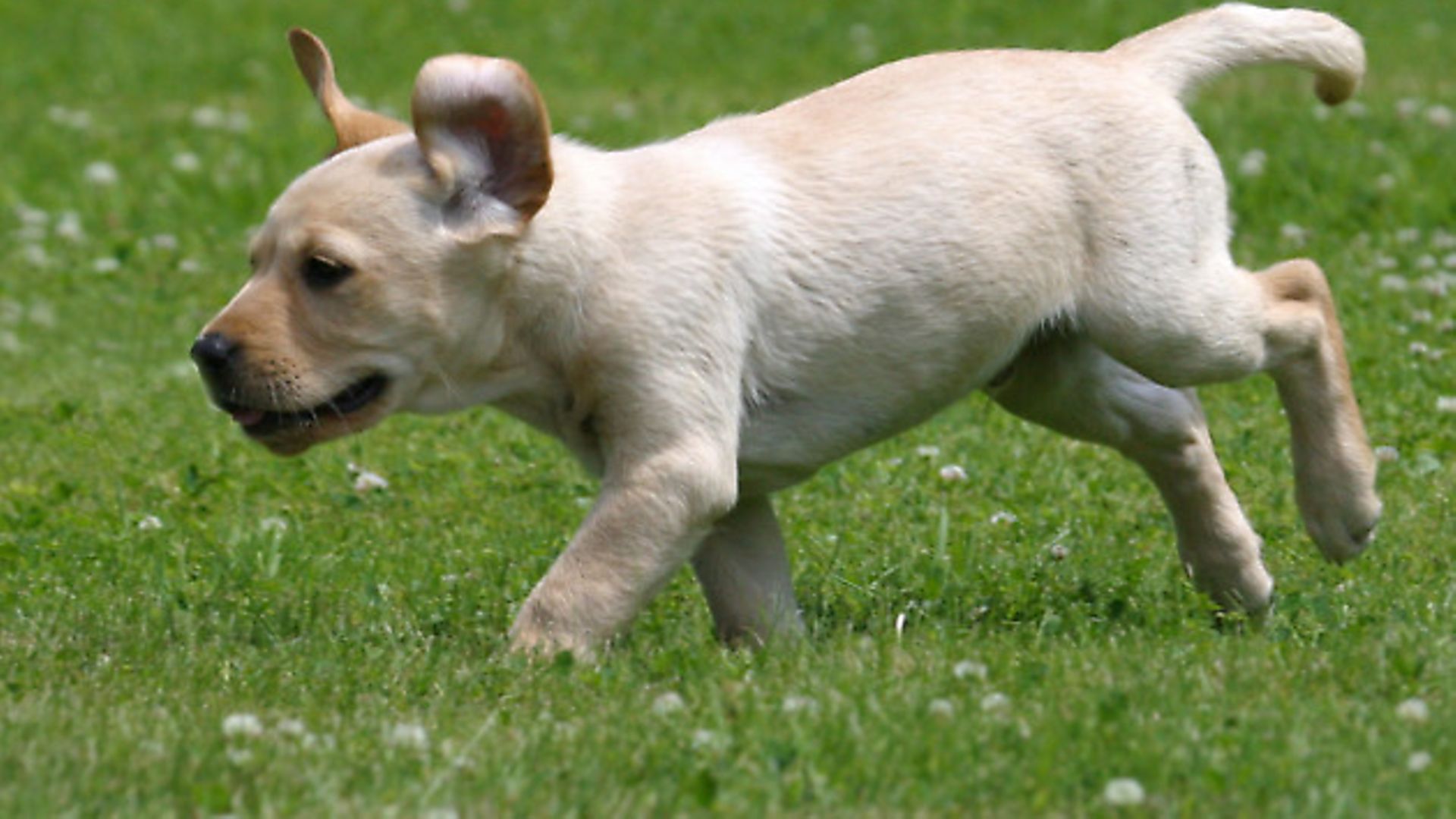Meet and greet

Socialising your puppy isn’t as simple as just taking it to the park to meet as many other dogs and people as possible, says Howard Kirby
In a previous instalment (‘Working for a living’) we had a look at using the puppy’s daily food allowance to our advantage. Basically we were making the puppy perform the simple task of ‘sit and focus on me’ in order to earn its food.
Done correctly (it’s all in the detail you know), the youngster will respond very quickly to this technique and will give you an excellent core behaviour to work from. This time we’re going to have a think about the Meet and Greet and how to turn your dog into a well socialised and balanced canine whilst out in public.
Unfortunately for dogs and humans alike, there are many dog owners that firmly believe that their dog is well socialised if, when you meet it in public, it charges up to you, jumps all over you and your dog and doesn’t bite. Just think how many times you’ve had a dog charge across the park at you whilst the owner shouts: “Rover! Rover! Rover, come! Come back! Rover, Rover… oh don’t worry, he doesn’t bite!”
“That may well be true, Mrs Jones, but 40kg of rottweiler charging across the field at me has done nothing for my self confidence. I’ll have to go home now to change my knickers and my young puppy is now very wary of other dogs. Your dog is not well socialised and is marginally unbalanced because you have allowed it to believe that it is safe, fun and good manners to do this. It is none of the above; shame on you!”
Young puppies need to socialise with other dogs – young, adolescent, old, fun, mild and plain grumpy dogs, but in a supervised and controlled environment. Get this bit right and the puppy learns how to play without going over the top, it learns bite inhibition (that’s a fancy phrase for ‘if you bite someone’s nose too hard they bite back, only harder, so be nice’). Mix your dog with well balanced dogs and it will grow up to be nice. Mix it with aggressive, neurotic loonies and your puppy will become just that. And yes there is a very strong parallel here with bringing up children and no I don’t want to train your children for you, although I do have to put some straight when they come for lessons.
Invite friends with suitable, balanced dogs over to your house. Allow the puppy to socialise in a controlled environment, again just as you would with your children. Mix your puppy with the Jones’s pup as it’s nice, well balanced and friendly. Don’t invite the Smiths round – their dog is aggressive, unbalanced, bad mannered and untrained… avoid this kind of dog.
In public your dog needs to be under control and when you meet people, dogs, horses, game, livestock, cyclists – the list is endless – the dog should mind its own business and stick close.
So now we’ve figured out how to behave in public, we’d better have a think about how to train the puppy to do this.
In last month’s article we used the dog’s food or dummy to get our pupil to focus on us whilst in the kitchen. Now we need to build on this so that we can slowly but surely add distractions. The lead will be important now because as we introduce distractions, particularly people and their dogs, the puppy may well opt to leave your side to go and visit. If the puppy loses focus, flick the lead with a tiny check to say “hey!”, regain the focus and reward the dog. It’s really important not to over-face the puppy by simply making the distraction too big.
Get someone to walk into the kitchen and stand as far away as possible. It’s really helpful if you’re posh and have a kitchen that’s 60 yards long, as the further away the distraction, the easier it will be to keep the focus. Reward with food regularly. Keep encouraging him to look at you, rewarding for focus. After a short while ask your assistant to leave the room not having made any eye, voice or physical contact; don’t even look at the puppy, as we want him to learn to ignore other people, especially if they are ignoring us. This will be a big ask for a youngster; regular practice and a gradual build-up of this behaviour will see you moving forward, encouraging the puppy to mind its own business: “Hey, puppy. Watch me – it’s got nothing to do with you.”
We need to build this behaviour so that we can transfer it outside to ‘public life’. Please don’t rush to achieve this. A recent session of mine was with a client who had been advised by another trainer that their puppy should meet 30 dogs a day. The client was taking the 14-week-old puppy and allowing it to rush up to every other dog she could possibly find. I strongly disagree with this. This so-called socialisation programme is conditioning the puppy to charge towards every other dog it sees. This will create a very serious problem for you over the coming months, so please don’t do it. In public your dog should mind its own business focussing on you and what’s going on in its own little pack.
Throughout this article I’ve referred to using the dog’s daily food allowance as motivation and reward. With a high drive dog you can mix things up: use a dummy/ball/toy to reward with a retrieve. This is essential for a young gundog but will require some very well delivered training techniques; you need to learn these skills. Some of you will be natural dog handlers; others of you will need lots of advice and help. Get that advice early and regularly. We have a wealth of fantastic trainers and teachers in this country, so find a good one and spend as much time as possible with them. In the meantime, here at Sporting Shooter we’ll do our best to give you as much advice as possible.
By Howard Kirby






